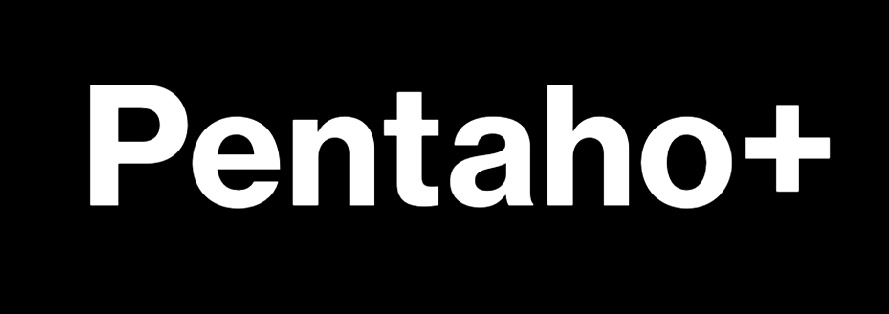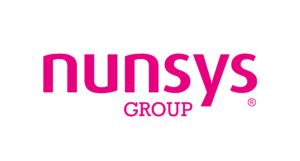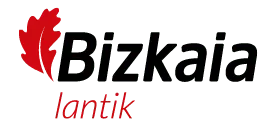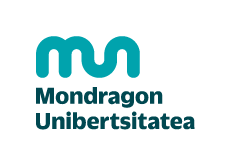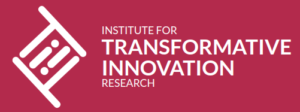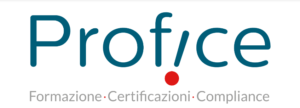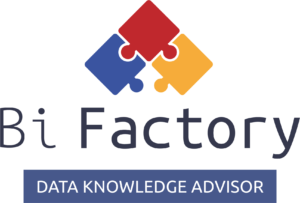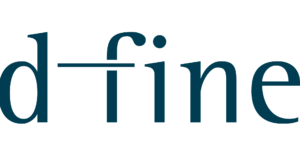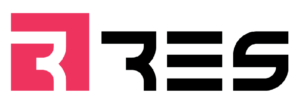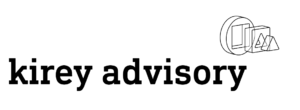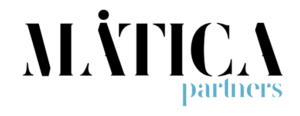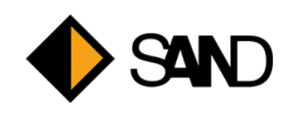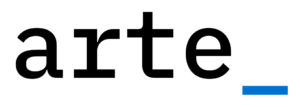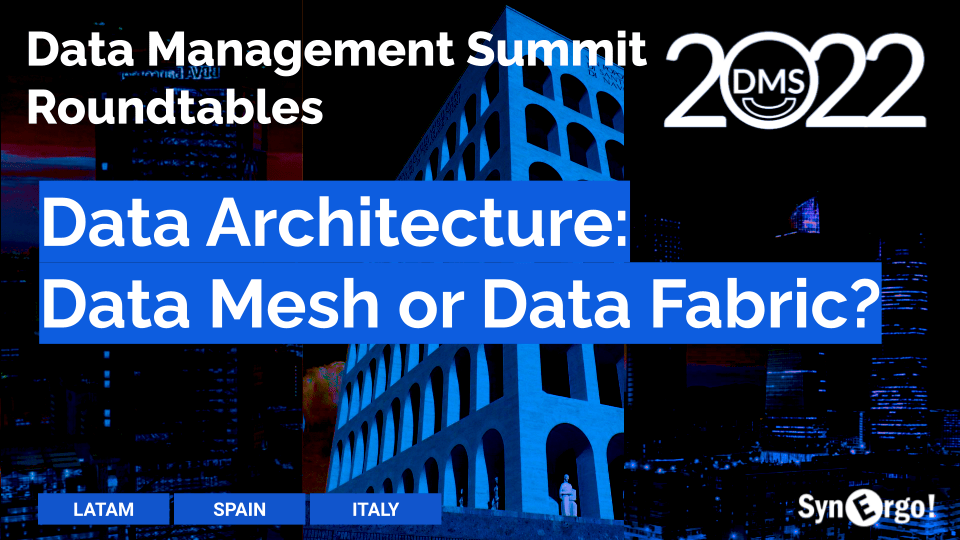
Data Architecture: Data Mesh or Data Fabric?
Just like software engineering teams moved from monolithic applications to microservices architectures, Data Mesh can be said to be the microservices version of the data platform.
The Data Mesh architecture pattern embraces data ubiquity by leveraging a domain-oriented, self-service design. It is clear that who connects to these domains and their associated data assets must be a universal interoperability layer that applies the same syntax and data standards, driven proactive metadata and master data management supported by an enterprise data catalog and its governance.
Data Fabric promotes a single unified data architecture with an integrated set of technologies and services, specifically designed to deliver integrated, rich, high-quality data, at the right time, in the right way, to the right data consumer.
According to Gartner, Data Fabric is an architecture and set of data services that provides consistent functionality across a variety of environments, from on-premises to the cloud. Data Fabric simplifies and integrates on-premises and cloud data management accelerating digital transformation.
Which ones to choose? Maybe they can coexist? We will talk about Data Hub, Data Fabric, Data Mesh and everything in between.





